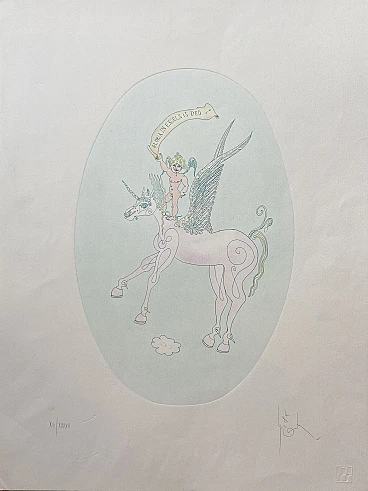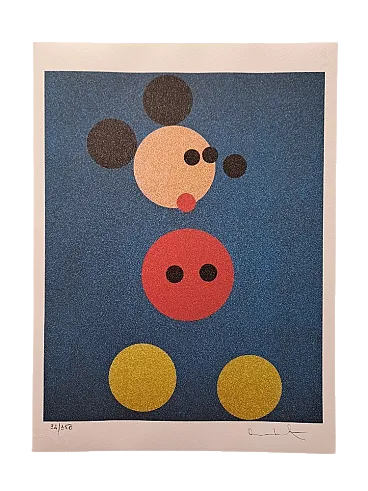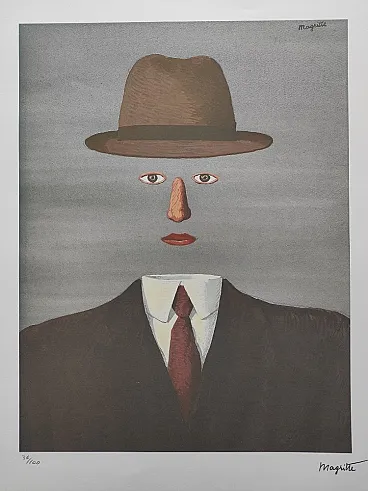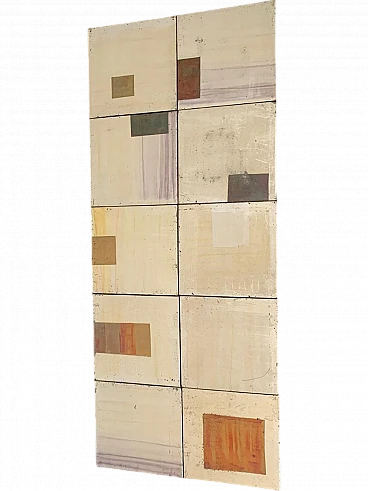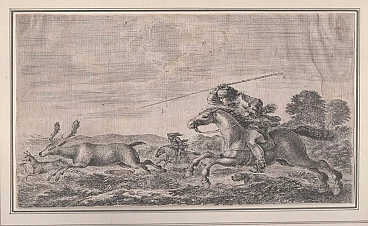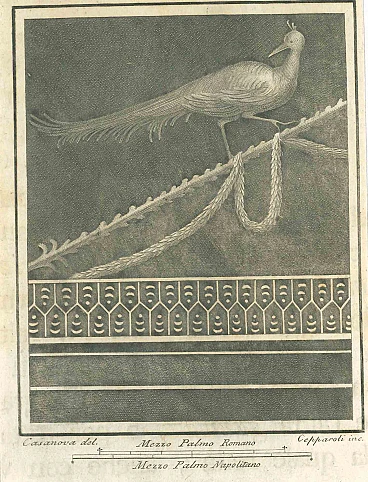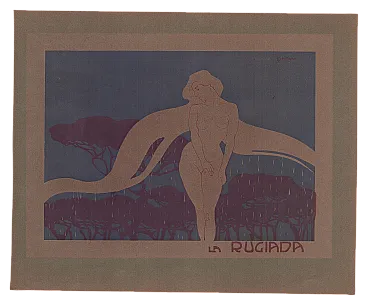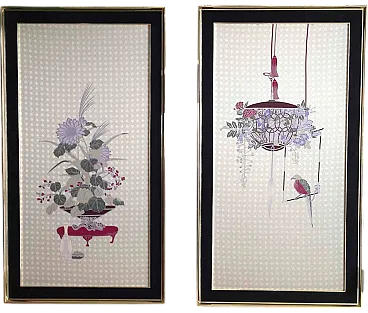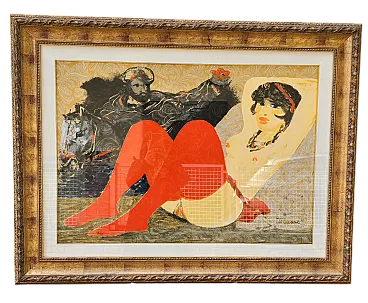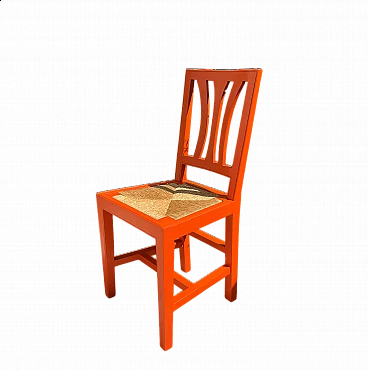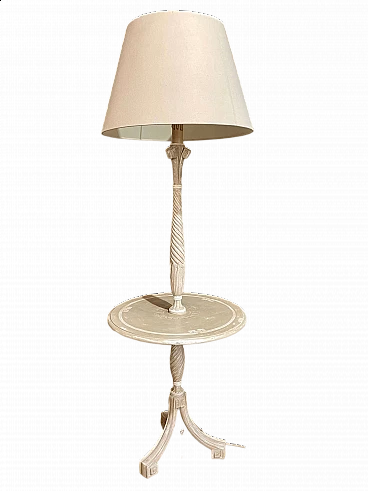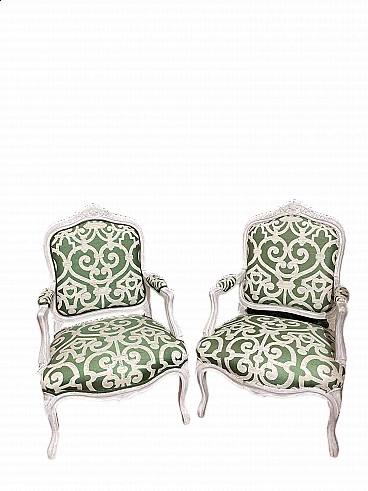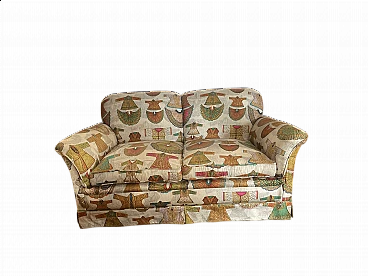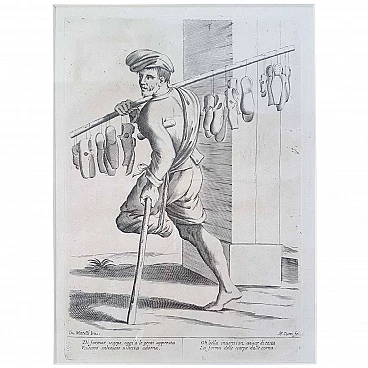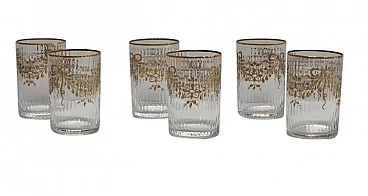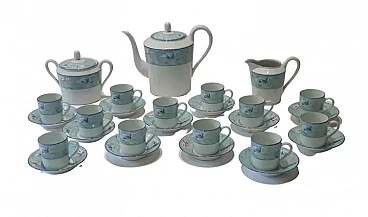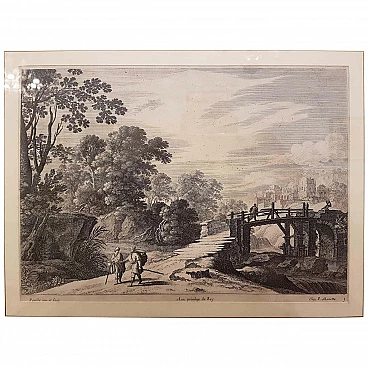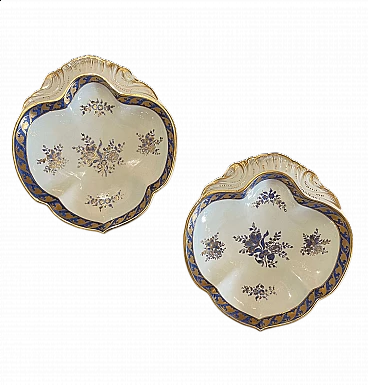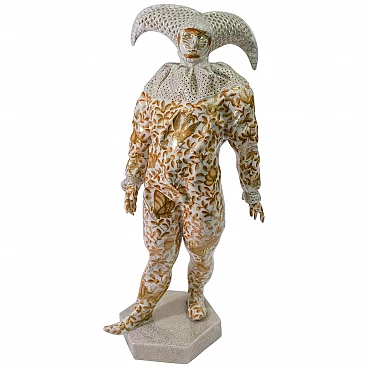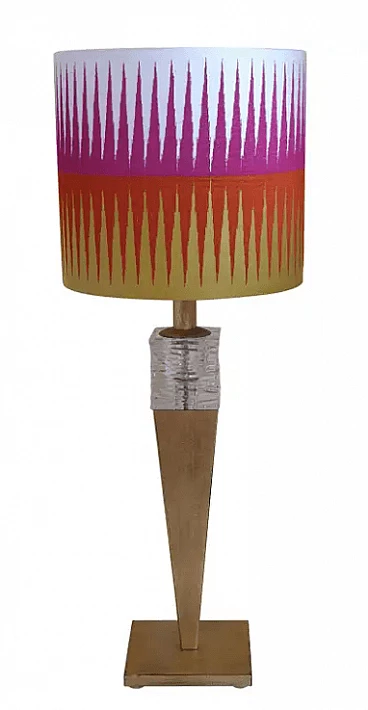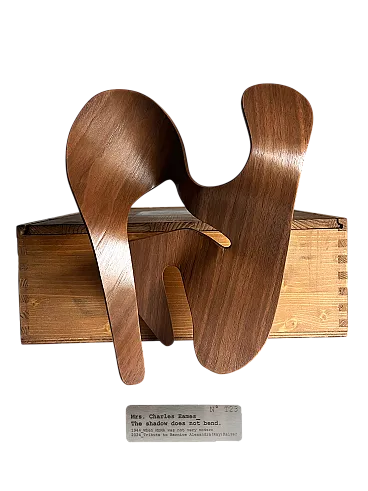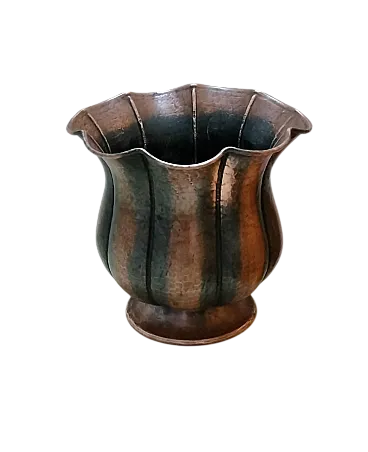A beautiful engraving depicting the classic religious subject of the 'Adoration of the Magi' by the Baroque painter and engraver Pietro Testa known as il Lucchesino. The print derives from an oil on canvas of the same name in Montpelier. Identified by the monogram TPL on the right and the dedication signature. Paolo Bellini in his book "L'opera incisa di Pietro Testa", published in 1976 by Neri Pozza in Vicenza, identifies this work as an example of the third state of three because, compared to the second state, Giacomo Rossi's address has been added. In the lower margin is the dedication in Latin to: Illustrissimo e reverendissimo (cardinal) Gerolamo Bonvisi, Chierico della Camera Apostolica, D.D. The star on the left often blushes with the light of evil / The kings live here so that they may recognise the Lord, / the star with the happy and good face shines benignly./ Petrus Testa. Pietro Testa (1611-1650) was an Italian High Baroque artist active in Rome. Pietro Testa is best known as a printer and draughtsman.
Pietro Testa was born in Lucca and is therefore sometimes called the Lucchesino. He moved to Rome at a young age. One source states that he was expelled from the studio in Cortona in 1631, shortly after joining the workshop. According to others, Testa trained under Pietro Testa or under Domenichino, for whom he worked under the patronage of Cassiano dal Pozzo. He was friends with Nicolas Poussin and Francesco Mola.
Some of his engravings, which often include drypoint work, have a fantastic quality reminiscent of Jacques Callot, or embellishments of his Genoese contemporary Giovanni Benedetto Castiglione, and even presciently suggest William Blake. His Sacrifice of Iphigenia seems to have influenced Tiepolo's depiction at Villa Valmarana Ai Nani in Vicenza. His early prints, from the 1630s onwards, were often religious in character and were influenced by Federico Barocci. These achieved very delicate light effects; later ones became harsher and more austere in style as the artist attempted a personal version of neo-classicism, under the influence of Carracci. Many of his later subjects were original classical subjects, the most ambitious reflecting his personal struggles. His prints were successful and were often copied. Between 1638 and 1644, Testa completed what is perhaps his most important work, a series of complex and highly detailed engravings on the theme of the Seasons, which served as an expression of his interest in Platonic philosophy. His sympathetic contemporaries considered these works 'the most beautiful and important'.
Testa was influenced by Leonardo da Vinci to favour direct observation of natural phenomena, a fact that may have limited his productivity as an artist and may also have caused his death. Accounts of Testa's death are confused and contradictory, with some suggesting murder or suicide. Testa has been described as a man of melancholic temperament; his difficult personality made relations with his patrons, such as Niccolò Simonelli, problematic, and a number of projects ended in frustration. However, his first biographer, 17th century writer Filippo Baldinucci, indicates that his death was accidental. Commenting on Testa's habit of 'depicting nocturnal scenes and changes in the atmosphere and sky', Baldinucci states that Testa was on the bank of a Tiber river, 'drawing and observing some reflections of the rainbow in the water', when he fell and drowned. Please note: the issuing of export authorisation by the Italian Ministry of Cultural Heritage takes about six weeks from the day of purchase.
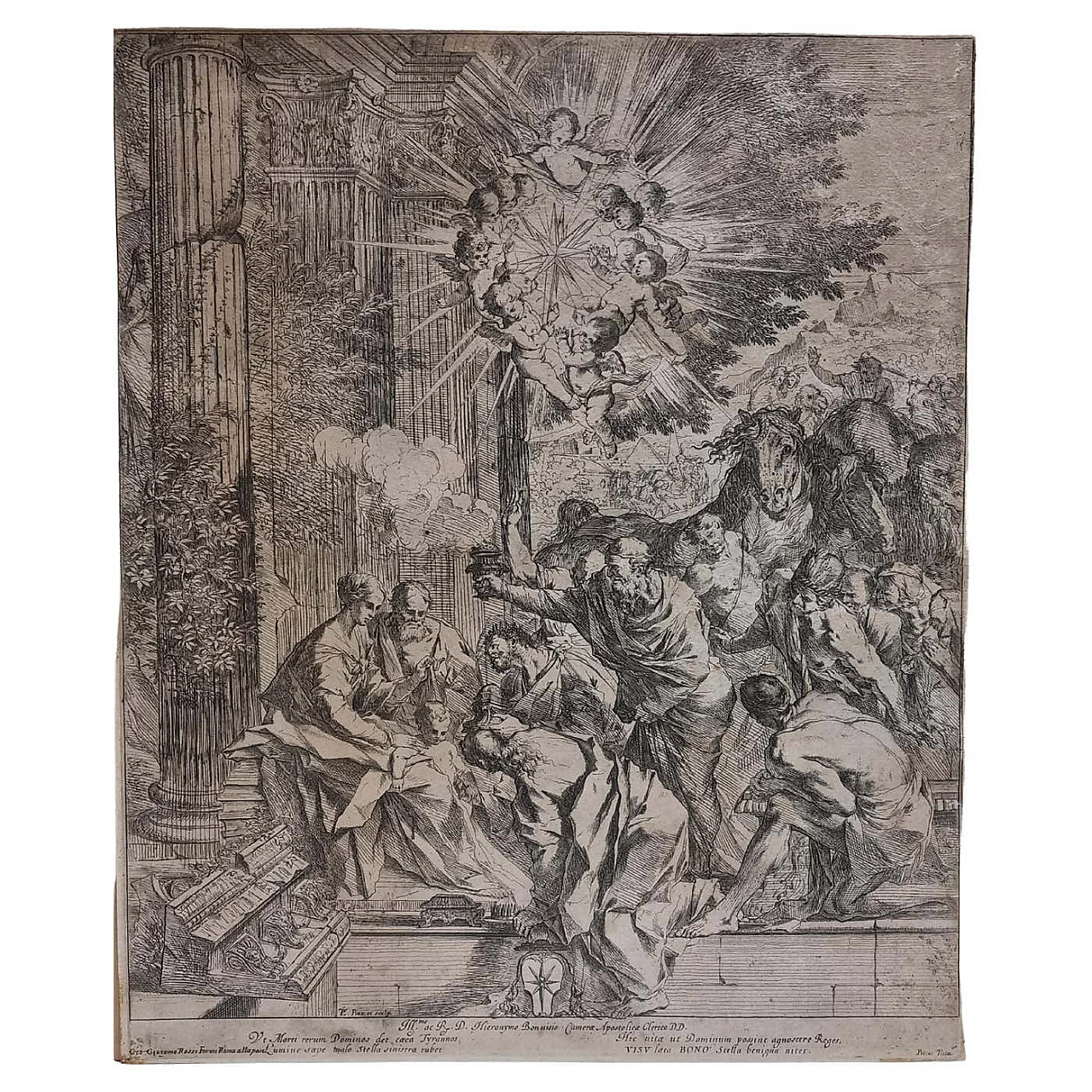
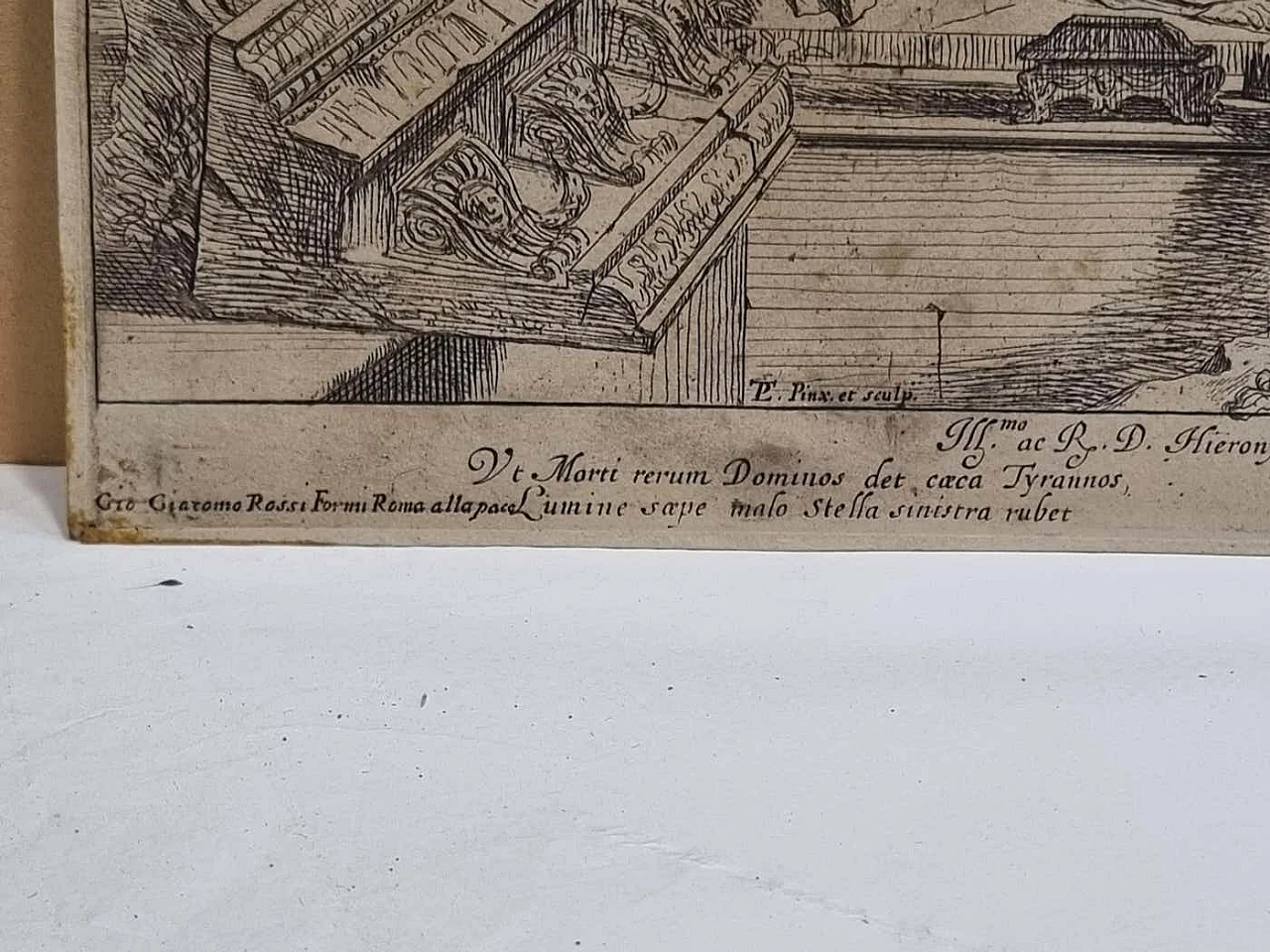
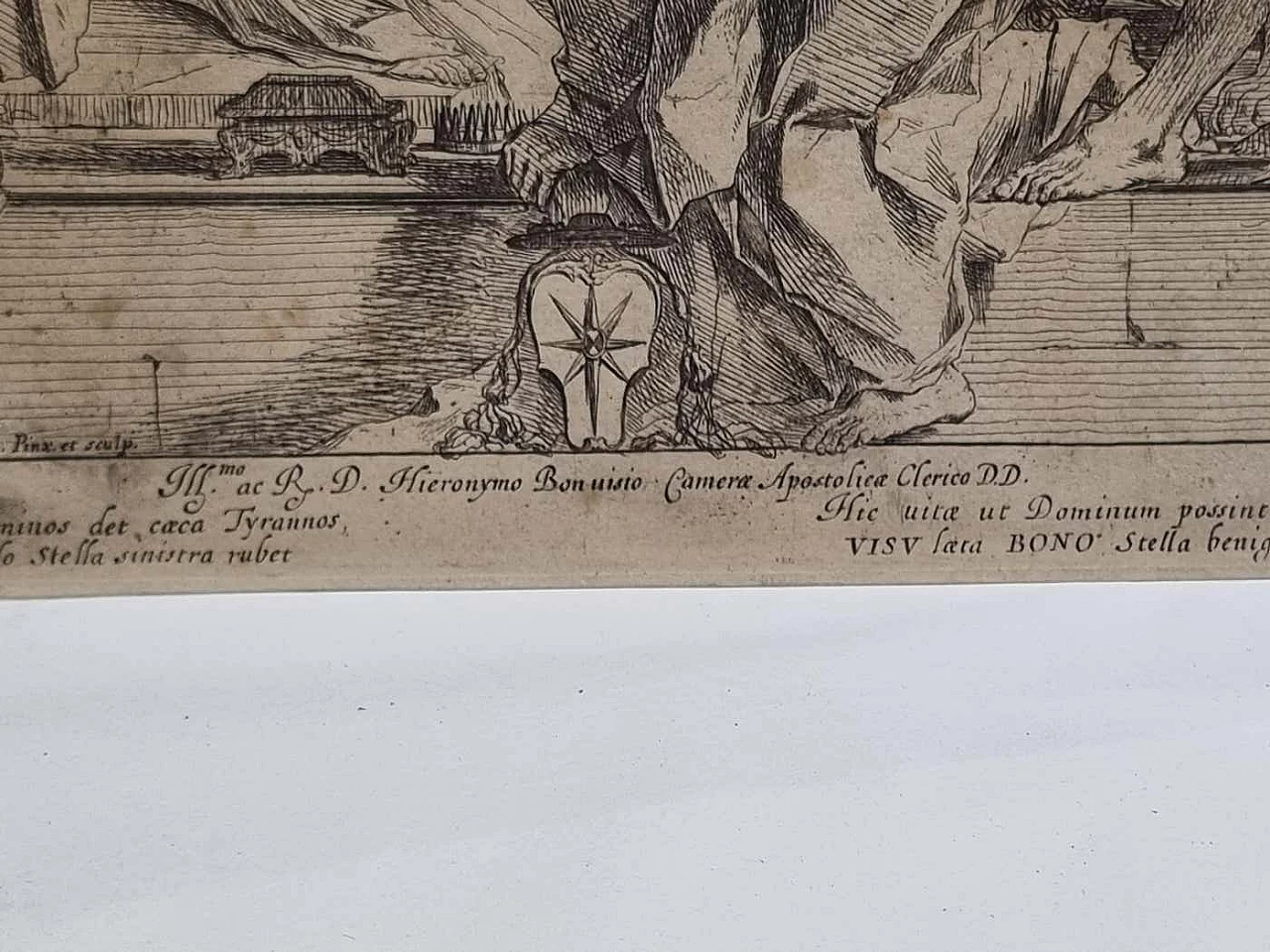
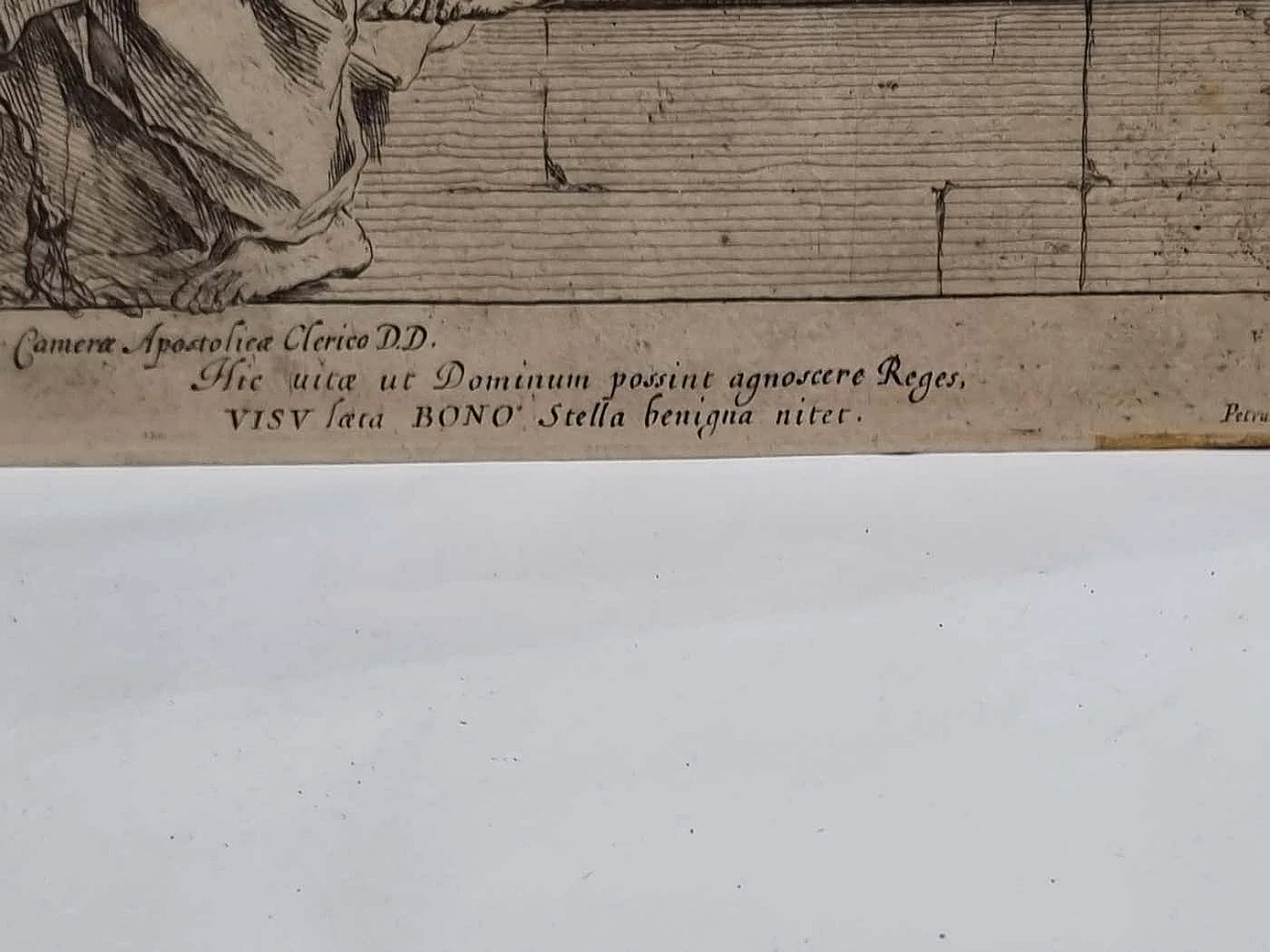
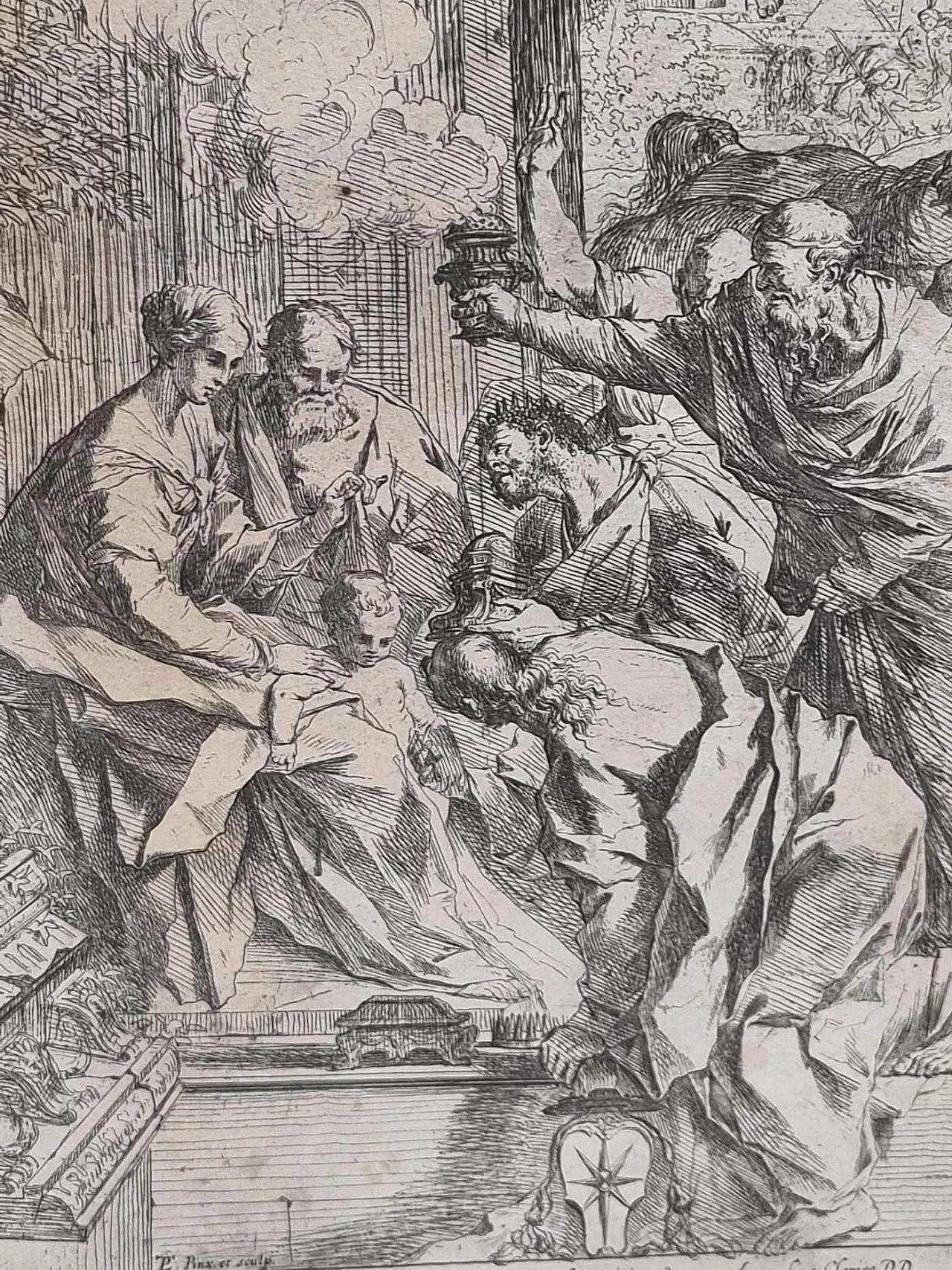
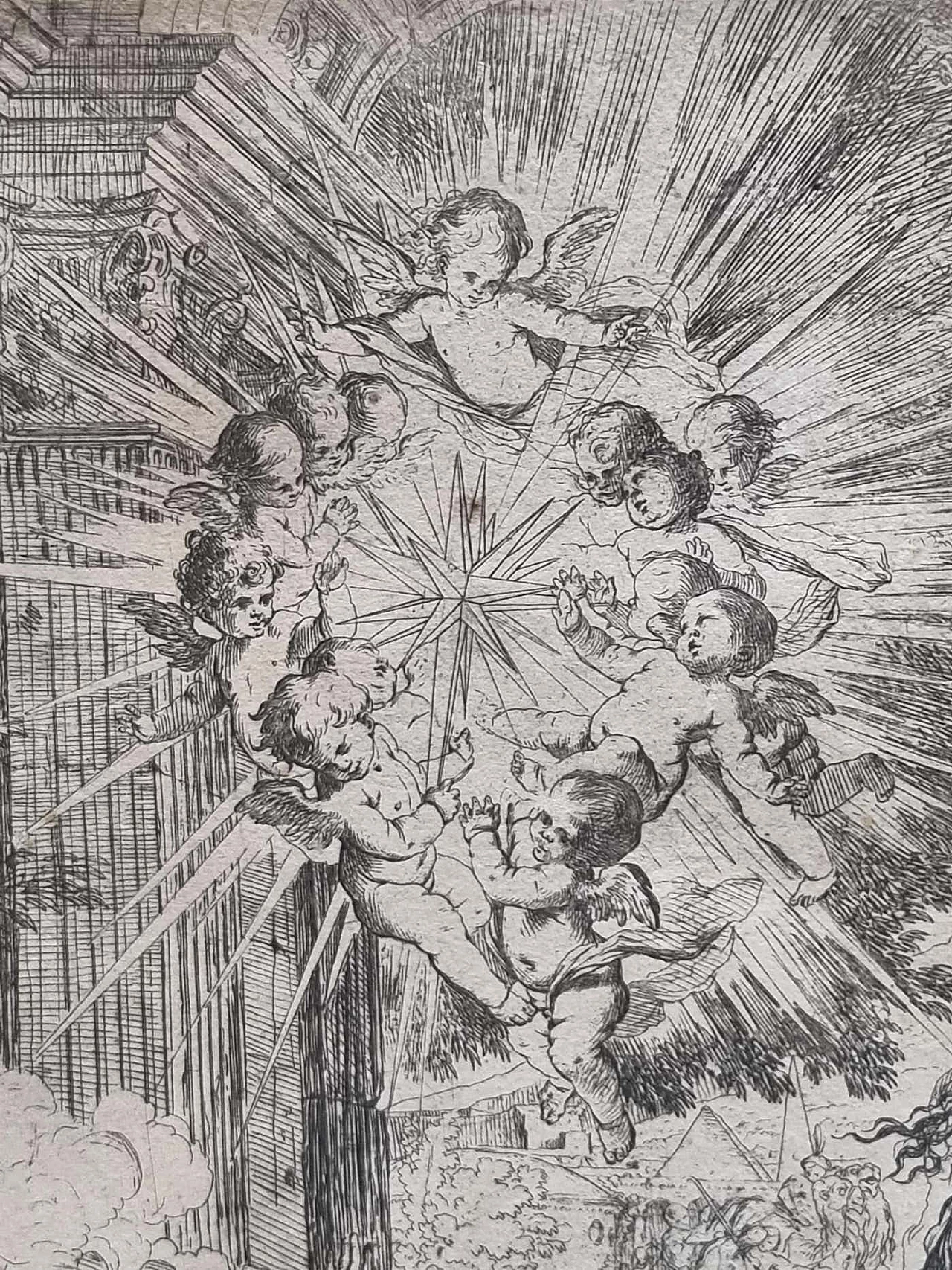
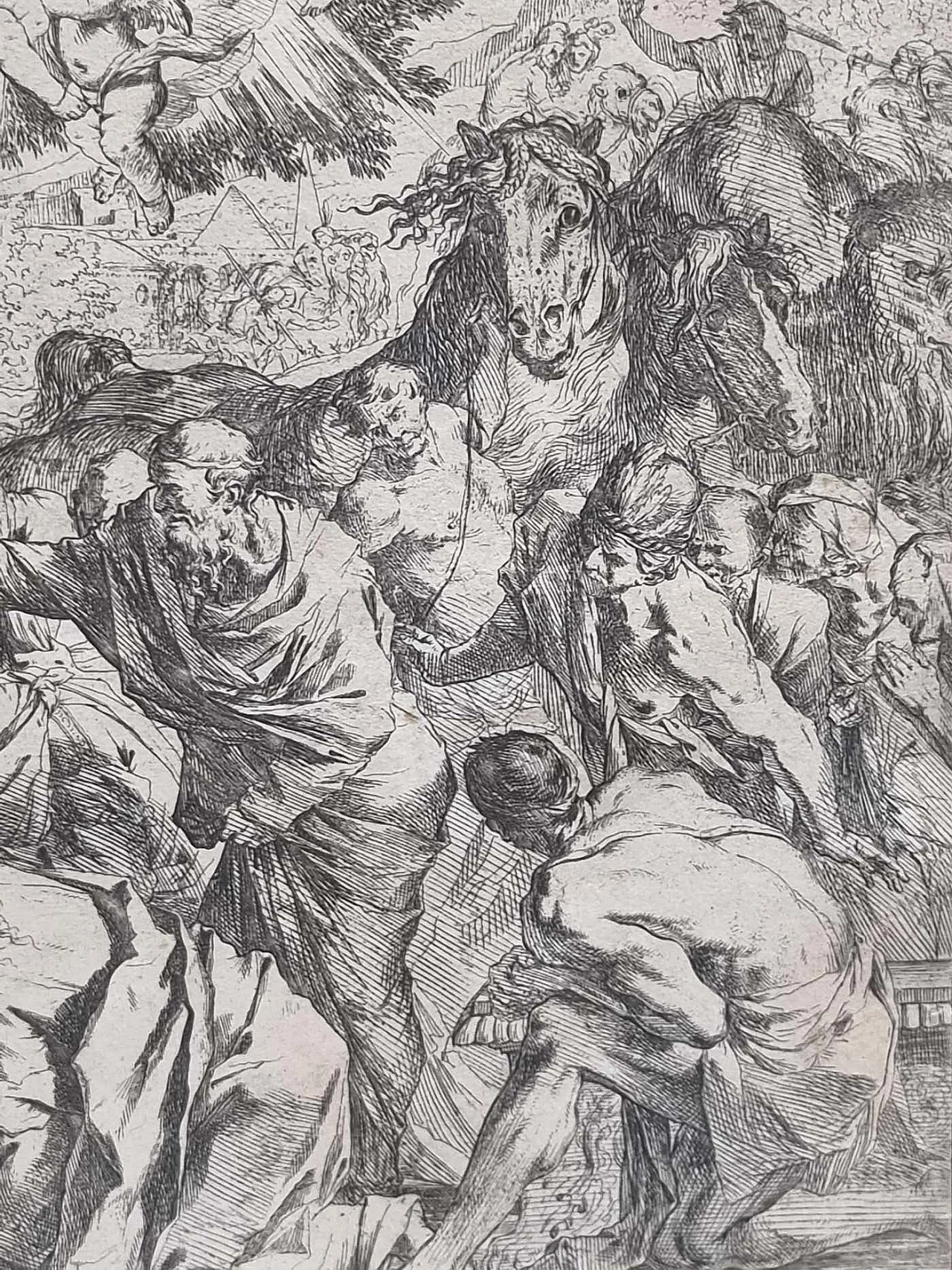
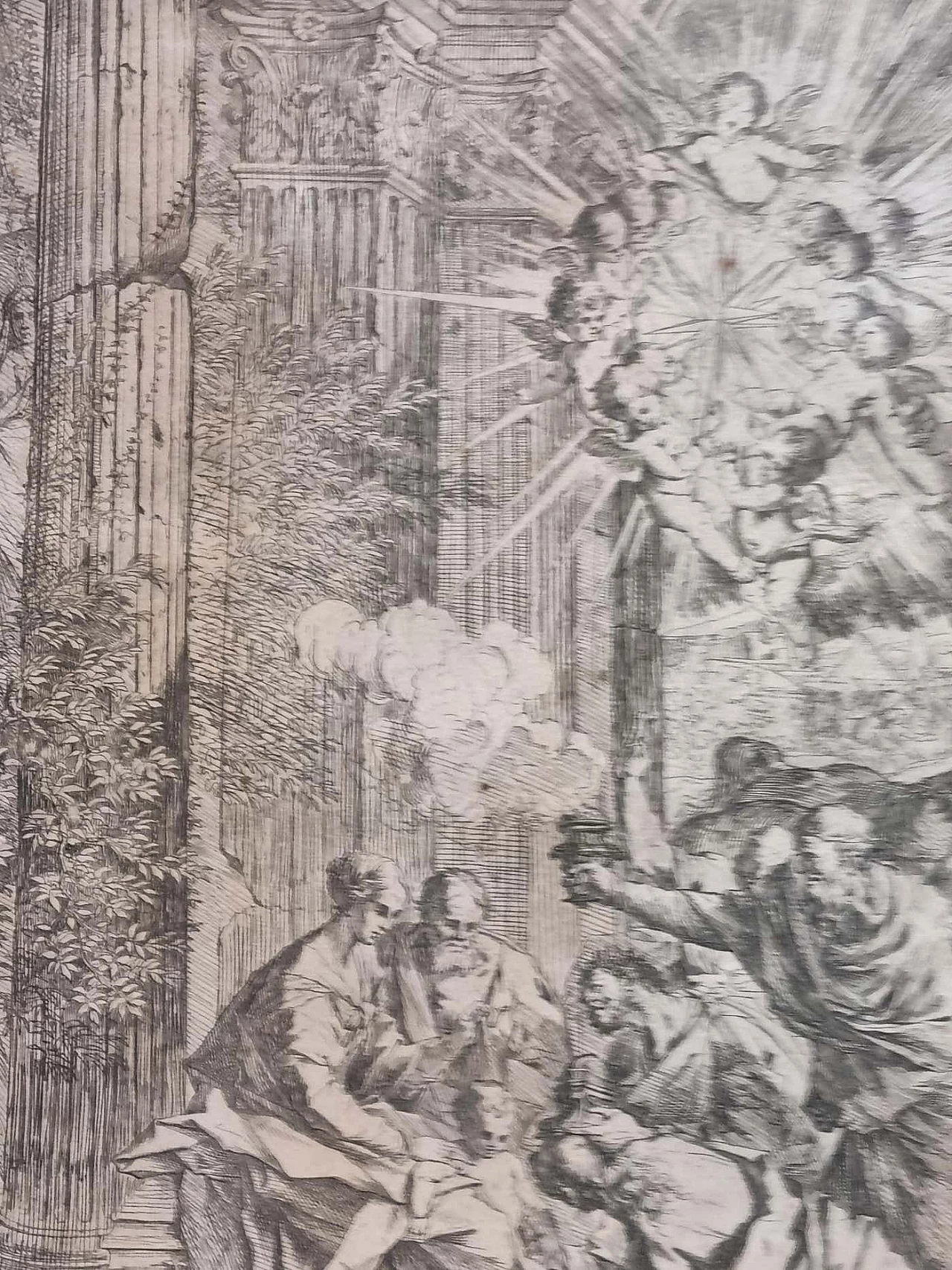
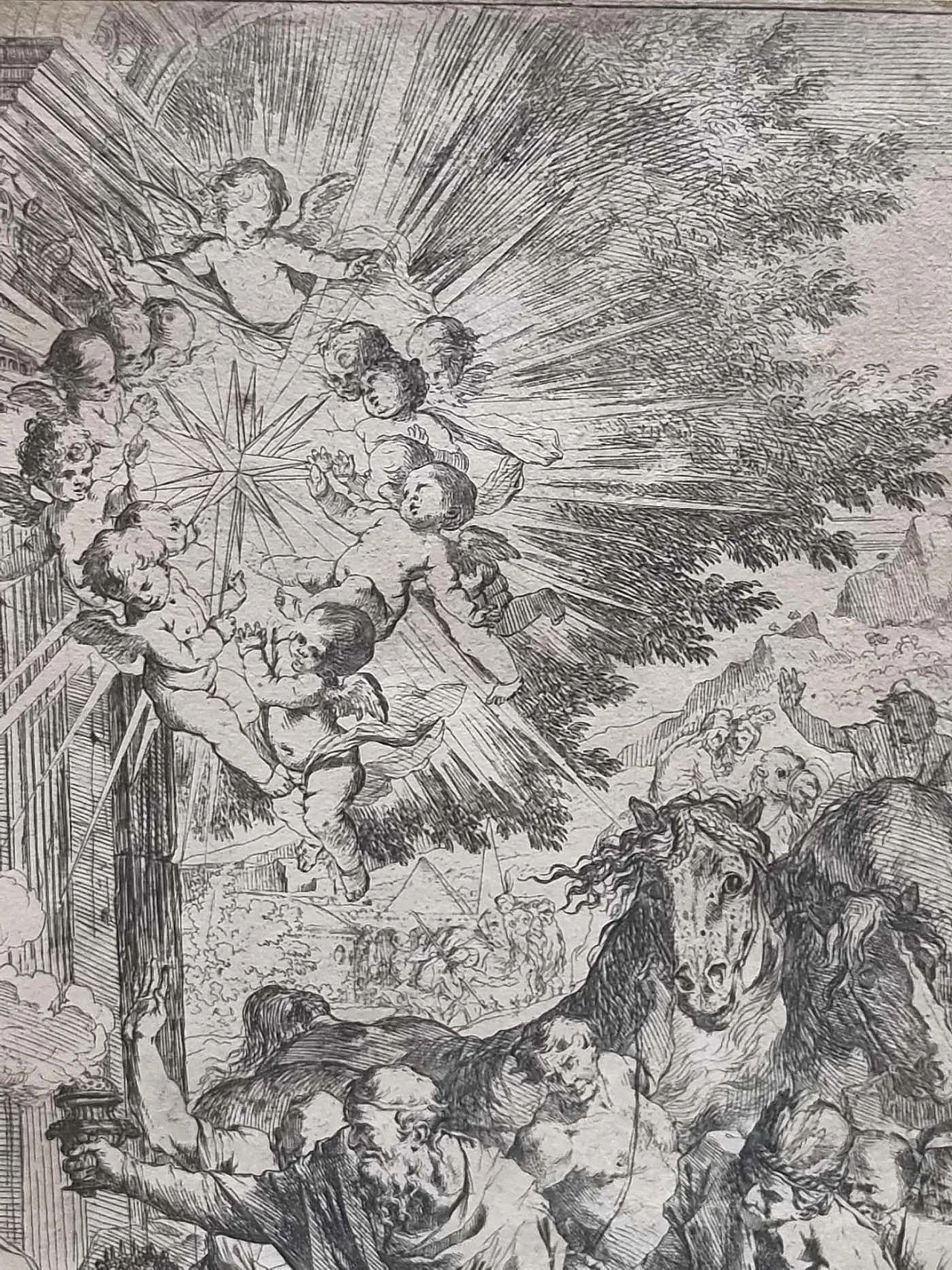
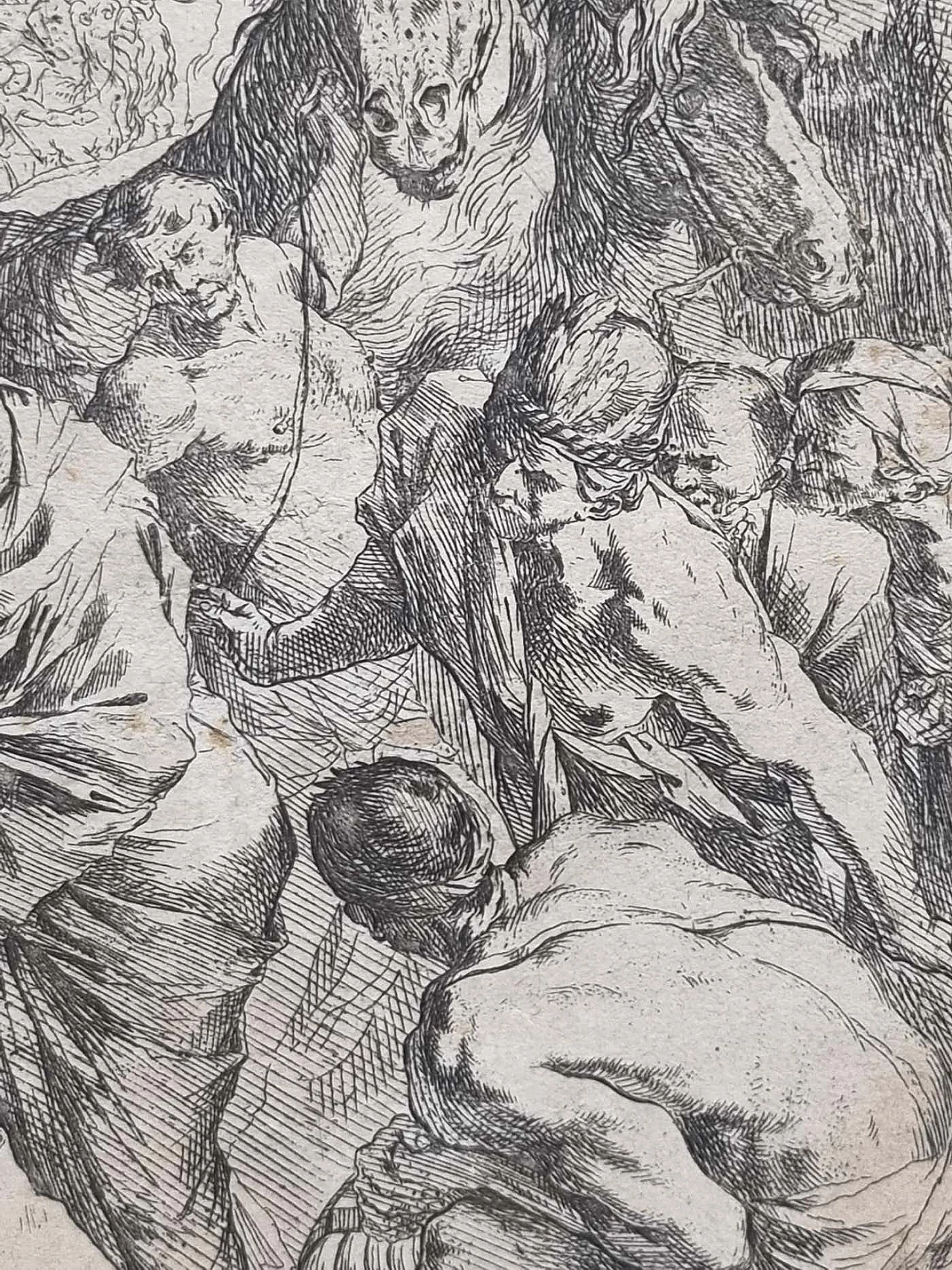
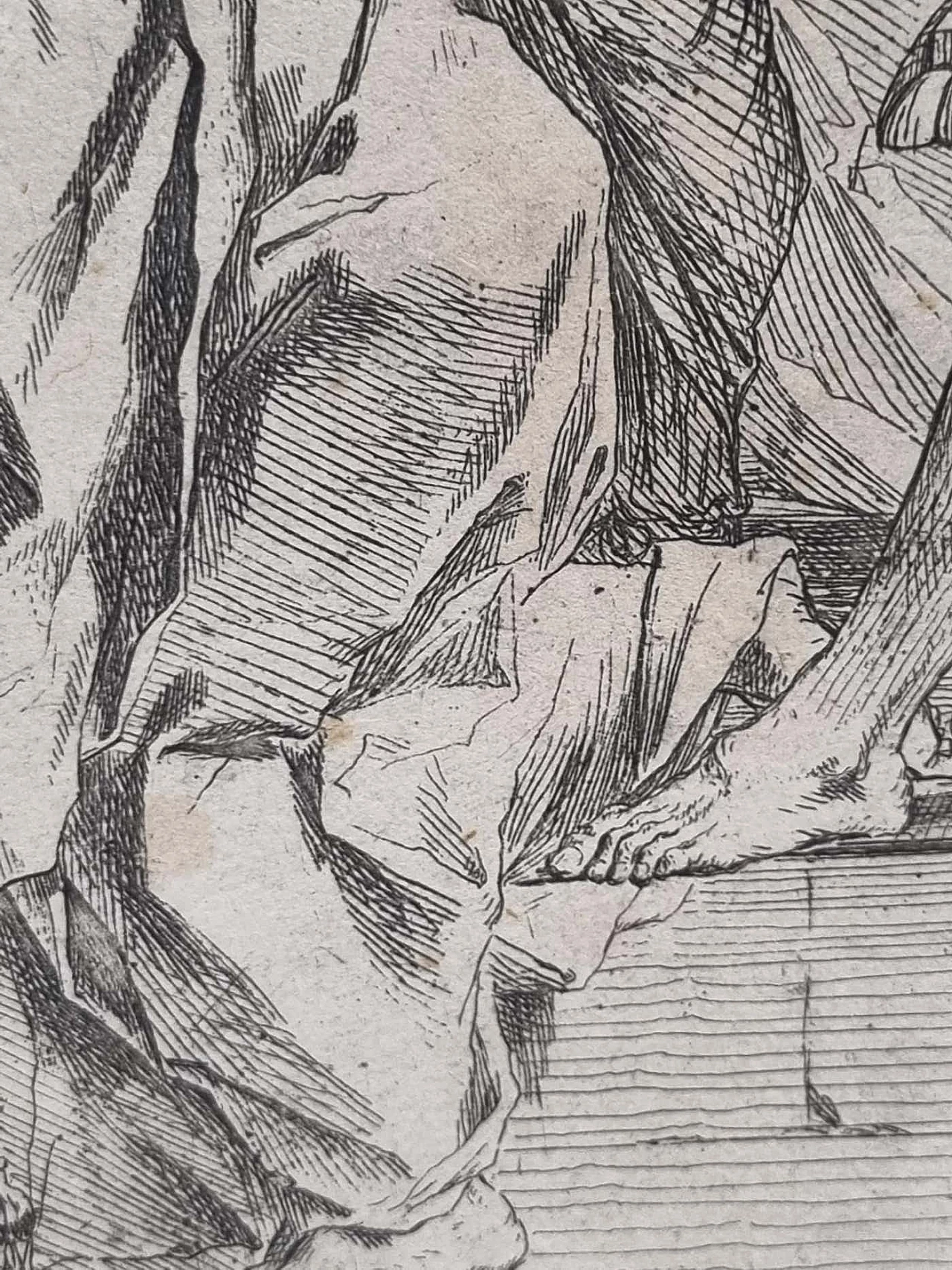
 SILVER Seller in Cagliari, Italia
SILVER Seller in Cagliari, Italia






.png)





